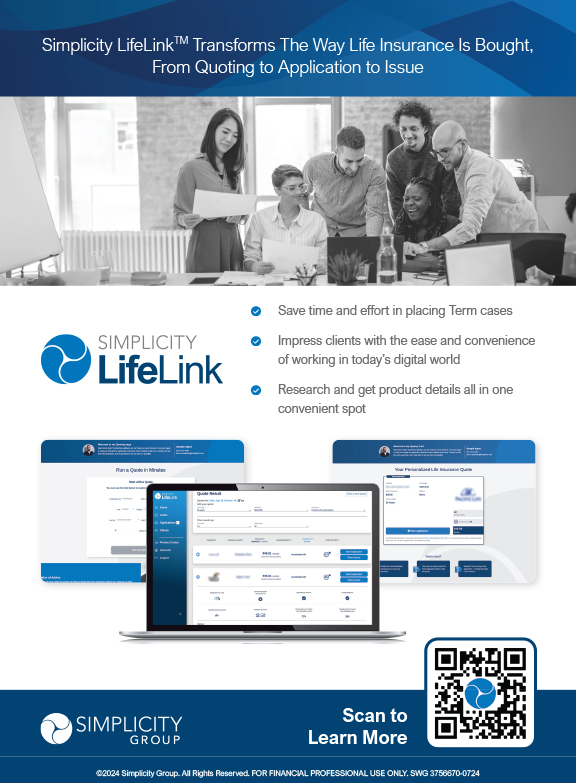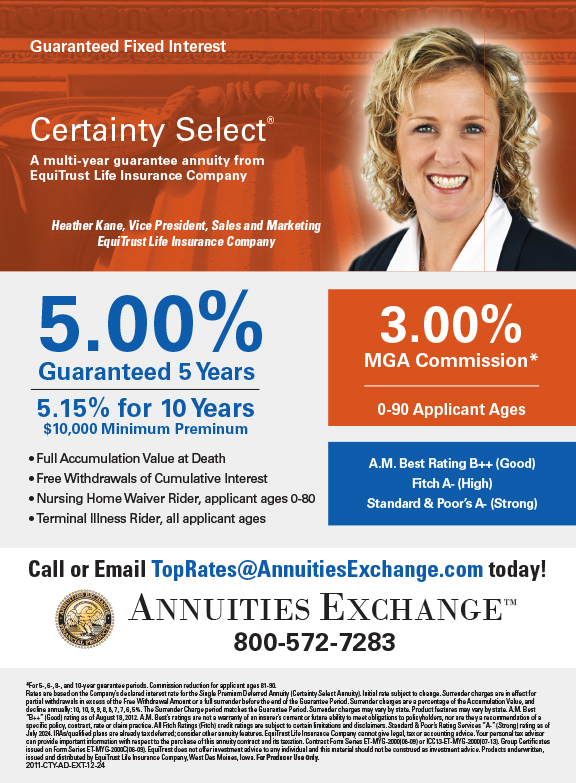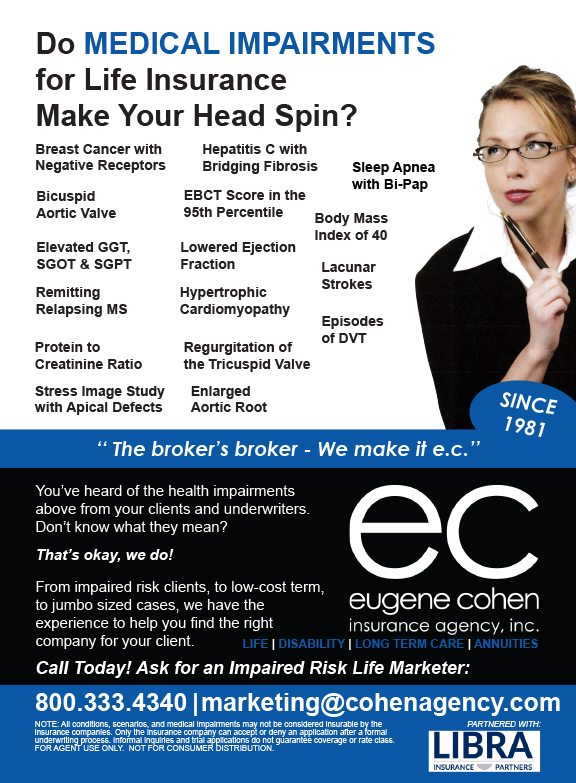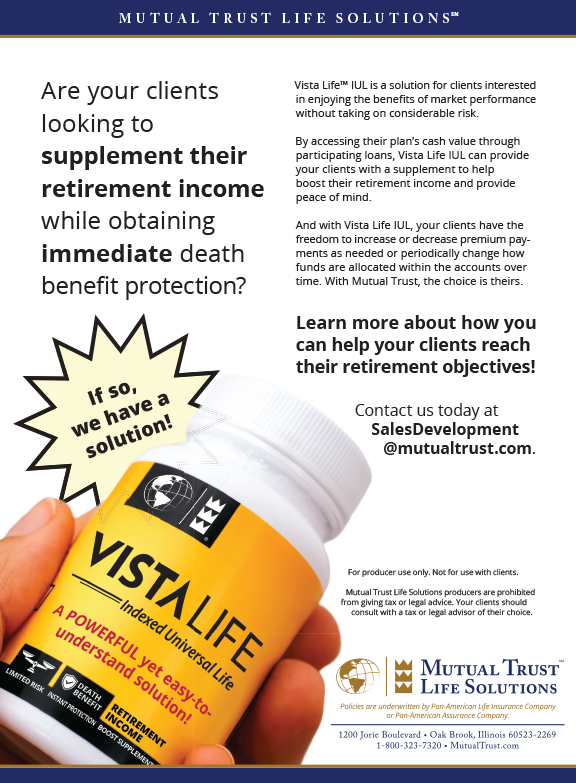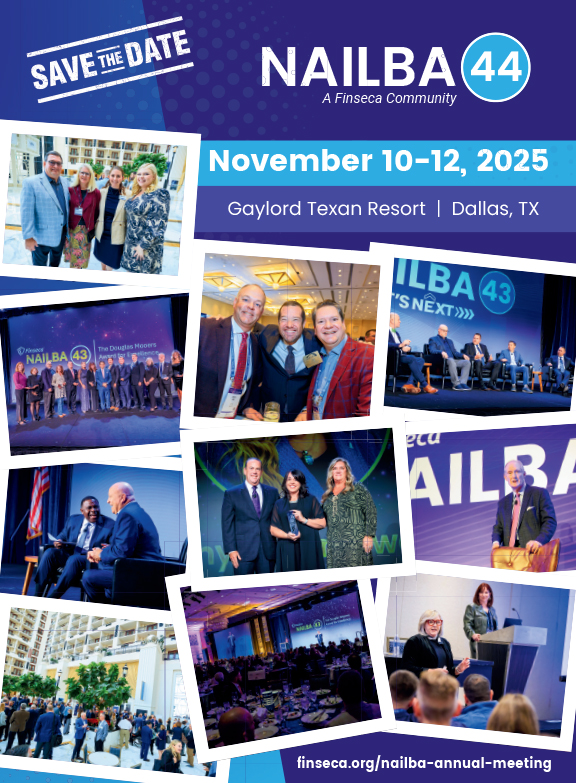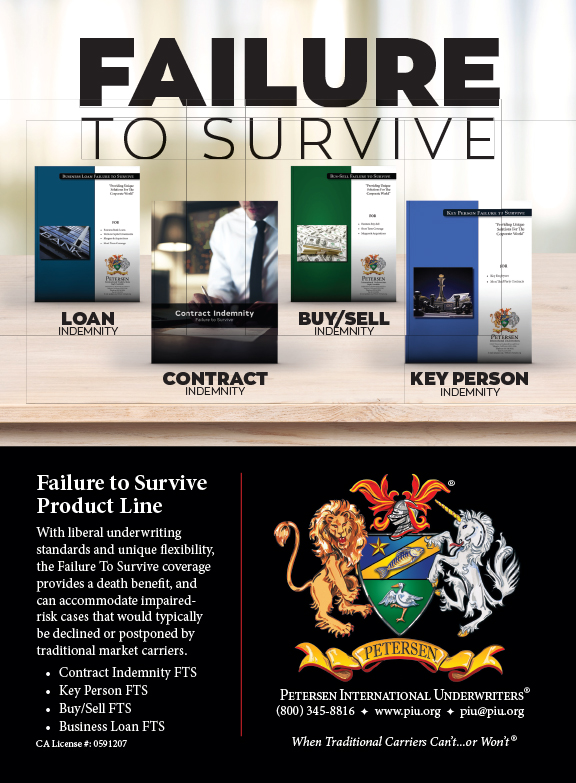The past year has impacted businesses like no other preceding year. No sector or industry avoided the disruptions introduced by an unprecedented global pandemic. The middle market, which has often escaped some the tribulations both larger and smaller businesses have faced, too felt the pandemic’s impact as suggested by a HawkPartners survey. It found that unknown risks such as those presented by the pandemic were potentially the most disruptive to the middle market. Their usually active M&A activities were suddenly halted. Readily available financing became constrained, and new issues associated with remote workers now had to be addressed. Insurance brokers might be questioning what this has to do with them. Well, one thing learned from the past year is that the brokers that dared to separate themselves from the pack, especially during dark periods, are the ones that companies most gravitate towards. This is particularly true for the middle market. Knowing what strategies should be deployed and what offerings should be highlighted to differentiate your brokerage from others is a pandemic-oriented strategy that will also serve brokers well into the future.
Why Differentiation is Important Now
Middle market companies traditionally do not have their own full-time risk professionals as larger companies do. As such, they tend to rely heavily on their brokers for advice relating to their employee benefits and P&C lines of coverage. This reliance tends to foster long standing relationships, assuming the broker is proactive in meeting the evolving needs of middle market businesses. Responsiveness, ability to solve problems and being accountable for their products and services are significant attributes needed to build successful relationships. If not, data suggests that middle market firms will switch loyalties.
The market research firm of Greenwich Associates found that at least 20 percent of this market is inclined toward competitive offers. Research suggests that competitors can win over a middle market firm by projecting broader offerings, specific industry knowledge and experience, and broader networks. They also value brokers who are attuned to what is occurring in the market–whether that is good or bad. Two years ago, when U.S. middle market companies were thriving and maintaining revenue growth, but experiencing a tightening talent market, brokers had the opportunities to introduce market-responsive voluntary benefits that helped these companies attract and retain workers. Today, as they grapple with the effects of the pandemic, brokers too can demonstrate extra value and stand apart from an all-too-common transactional approach by advising their clients on other services that can help them reduce risks, contain costs, and enhance employee relations.
The tide is turning again with a more positive outlook ahead. In its Q3 2020 Middle Market Business Sentiment Report for which 400 U.S. middle market leaders of companies with annual revenues between $10 million to $2 billion, KeyBank found that despite COVID-19 having taken its toll on the middle market companies, 70 percent of the survey respondents in June 2020 said the impact has not been as bad as anticipated. In fact, compared with how they felt in March 2020, there was a more positive attitude reflected. Fifty-one percent surveyed in late June were optimistic about their business’ performance. For brokers, there is once again the opportunity to be proactive by adopting new strategies to differentiate themselves from others in order to retain middle market customer loyalty, capture new clients and drive higher sales.
Strategies for Differentiation
Here is something you may know but might not want to hear. When determining whether or not to retain their current broker, many middle market companies will cite price as the determining factor. Whenever a product becomes commoditized and price is a driver of sales, it is essential that other value-added services be introduced. For example, offering financial/insurance education to employees is something the company can leverage in two ways. By demonstrating a concern for its employees’ health and financial well-being, the company increases employee morale, productivity, and retention. There also is a benefit to the company when more employees adopt healthier lifestyles, thereby reducing risks and related insurance costs, and when they begin to understand the value of different voluntary insurance products which they then purchase to reduce their financial risks and the associated stresses that otherwise would interfere with their productivity and well-being.
Product innovation is another way to retain and win over middle market companies. If you are the broker that introduces a leading-edge specialty drug cost management service, you will be recognized as a proactive professional always seeking out new solutions for your clients. If you couple that with informing your clients about other synergistic services that can help them contain healthcare costs or reduce risks such as medical case management services, nurse helplines, telemedicine platforms, etc., you further differentiate yourself from others. Another example of a synergistic offering would be employee benefits third party administrator (TPA) services. High quality TPA services not only alleviate a company’s benefits administration but also improve their regulatory compliance, thereby reducing risks associated with noncompliance and the associated penalties. A Deloitte Center for Financial Services Middle Market Insurance Consumer Survey found that “a significant percentage of respondents were open to the idea of having insurers arrange a much wider array of business services.”
Middle Market Responsive Insurance Solutions
Traditional products too can be leveraged as a way to demonstrate added value. Knowing what products are especially timely to companies can provide a further opportunity to strengthen a client relationship or build a new one. Voluntary products continue to have high value to middle market companies for the reason previously cited–attracting and retaining talent. Study after study has found that employees seek out employers that offer a wide selection of benefits that meet their needs. A study by Corestream found that 68.4 percent of employees said that voluntary benefits have a positive effect on their decision to join or remain with a company. In addition, 71 percent indicated they wanted their employers to offer more of these benefits. For brokers, this is a win-win. They can demonstrate added value to their middle market customer by presenting more, market-responsive voluntary benefits, while at the same time they can capture the high upfront commissions many voluntary products offer. Even after they level off in subsequent years, the approximate 10 percent is still higher than the three to seven percent most health plans provide in commissions.
Group life insurance, too, is something middle market companies purchase and, for brokers, it is a very “plug and play” product which makes it more profitable than products requiring a lot of details, administration and due diligence. Another example is medical stop loss insurance; a solution that provides value across diverse vertical markets and not all brokers offer. By working with a carrier that provides flexible Specific and Aggregate Stop Loss Options, a broker will be valued by middle market companies. Seek out Specific Stop Loss solutions that offer a wide range of run-in and run-out and paid options, annual limit of liability up to unlimited, aggregate specific deductible and a terminal liability option. As for Aggregate Stop Loss, policies that offer corridors set at 125 percent, as well as other corridors by exception, limit of liability up to $1 million with higher amounts subject to approval, monthly aggregate accommodation, and a terminal liability option will be solutions that appeal to middle market companies.
Being a broker standout in the middle market today requires a bit more strategy, proactivity and responsiveness, an orientation toward value-added consulting, and a portfolio of solutions that meet this lucrative market’s needs.








